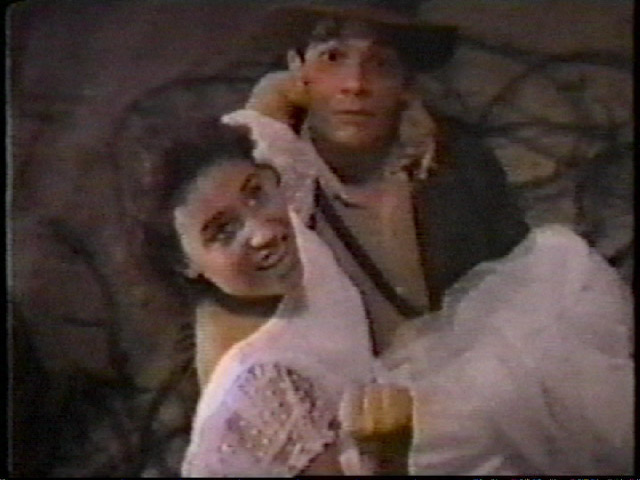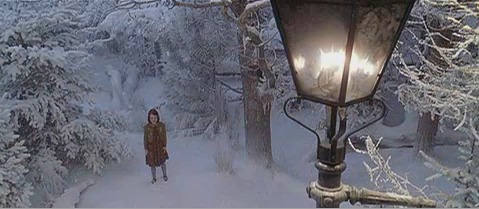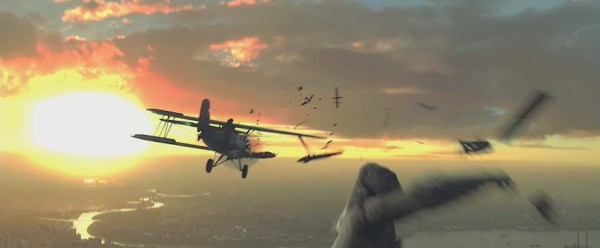Raiders of the Lost Ark: The Adaptation (Eric Zala, 1989)
In 1982, three twelve-year-old fans of Steven Spielberg’s blockbuster Raiders of the Lost Ark (released the previous year) decided to direct their own home made remake. Eric Zala directed and played the chief villain, Belloq; Chris Strompolos played Indiana Jones; and Jayson Lamb took care of the cinematography and special effects. The “Raiders Guys” filmed on and off for seven years, completing their “adaptation” in 1989, after the release of the second official Raiders sequel, Indiana Jones and the Last Crusade. After a well-received screening for the local community (many of whom had been enlisted in the project), they put the film away and forgot about it until 2003, when friends-of-friends passed the movie to Harry Knowles of the website Ain’t It Cool. Knowles played the film at his “Butt-Numb-a-Thon” film festival in Texas, and wrote a rave review, describing it as “the best damn fan film I’ve ever seen.” In 2004, a detailed article about the production followed in Vanity Fair. Despite very limited screenings – the film is a flagrant copyright violation, so both screenings and the circulation of copies have been tightly controlled – the legend grew. Raiders of the Lost Ark: The Adaptation has become one of the most famous fan films ever made, and it deserves all the praise heaped upon it. It is more than just a credit to its makers’ ingenuity and love of Spielberg’s original: what might have been expected to be just an amateurish imitation becomes a wonderful mix of loving tribute, comic riff, and childhood memoir.
 Continue reading →
Continue reading →




